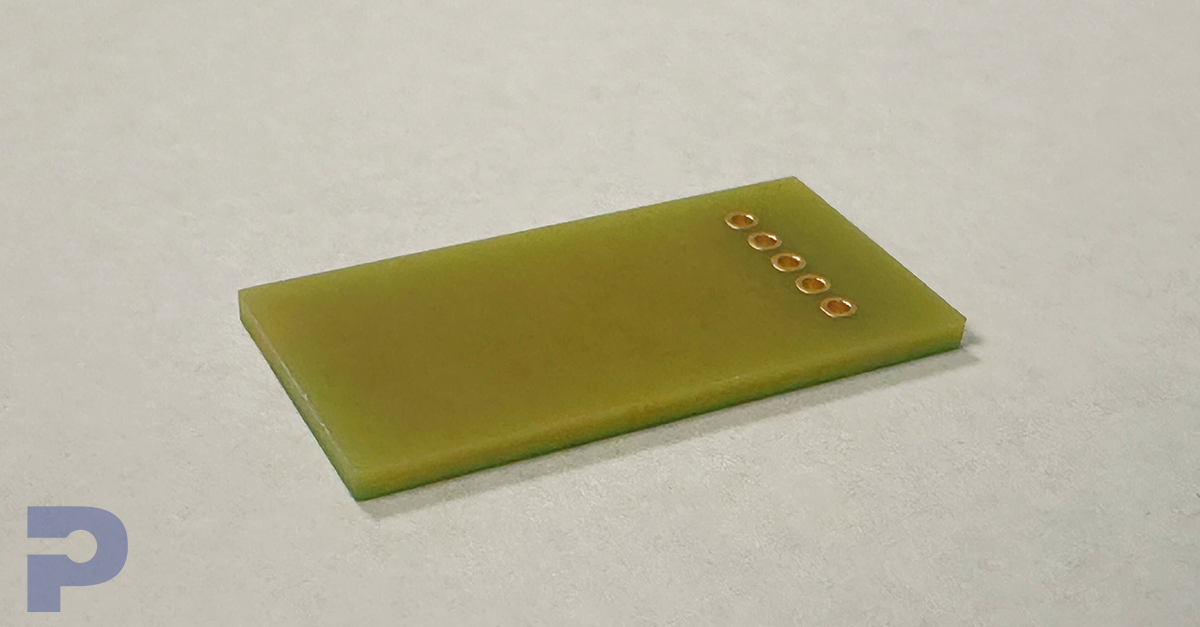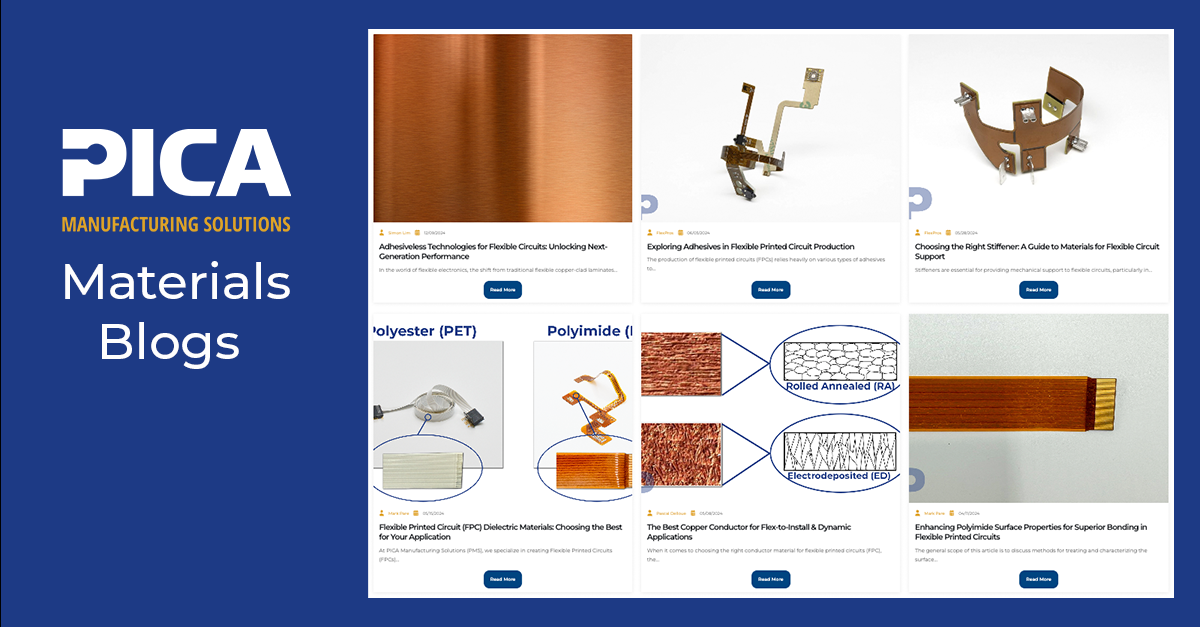
Selecting the right base material for a PCB is never a simple choice. The properties of the substrate affect everything—from thermal stability to dielectric performance, mechanical strength, and manufacturing compatibility. Four standard materials dominate PCB fabrication: FR-2, FR-4, CEM-1, and CEM-3. While all of them provide insulation and structural integrity, their composition and performance vary significantly based on resin system, reinforcement, and flame retardancy.
Resin and Reinforcement: The Core of Base Material Differences
Every PCB base material is built from two main components:
• Reinforcement: The structural backbone, which determines mechanical strength and rigidity.
• Resin System: The binder that holds everything together and dictates properties like electrical insulation, thermal stability, and chemical resistance.
FR-4: Epoxy Resin with Woven Glass Reinforcement
Composition: Epoxy resin + Woven fiberglass
Flame Retardant: Yes (UL 94 V-0)
Thermal Performance: High
FR-4 is the industry standard for multi-layer PCBs, offering superior insulation properties, mechanical rigidity, and excellent flame resistance. It is constructed using woven fiberglass cloth impregnated with epoxy resin, making it highly resistant to heat, moisture, and mechanical stress.
One of FR-4’s key advantages over phenolic-based materials like FR-2 is its higher glass transition temperature (Tg), typically ranging from 130°C to 180°C, allowing it to handle high-power applications and lead-free soldering processes without degradation.
The epoxy resin used in FR-4 also provides excellent dielectric properties, making it the preferred choice for high-frequency applications where signal integrity is critical.
FR-2: Phenolic Resin with Paper Reinforcement
Composition: Phenolic resin + Cotton Paper
Flame Retardant: No
Thermal Performance: Low
FR-2 is a phenolic-based material reinforced with cotton paper. Unlike epoxy-based materials, phenolic resins provide low-cost manufacturability, particularly for single-sided PCBs. However, their lower thermal stability and tendency to absorb moisture make them less suitable for demanding applications.
Since phenolic resins do not inherently offer strong flame resistance, FR-2 lacks the UL 94 V-0 rating required for higher-end electronic devices. Instead, it is mostly used in low-cost consumer electronics, where mechanical and thermal demands are minimal.
CEM-1: Hybrid of Paper Core with Fiberglass Outer Layers
Composition: Epoxy resin + Paper core + Woven fiberglass outer layers
Flame Retardant: Yes (UL 94 V-0)
Thermal Performance: Moderate
CEM-1 bridges the gap between FR-2 and FR-4. It uses a paper-based core, much like FR-2, but adds woven fiberglass reinforcement on the outer layers. This structure improves mechanical strength and thermal resistance compared to FR-2, while keeping costs lower than FR-4.
Since CEM-1 uses epoxy resin, it achieves UL 94 V-0 flame retardancy, making it a safer alternative to FR-2 for applications where heat resistance is necessary but full fiberglass reinforcement (like FR-4) is not required.
The trade-off? CEM-1 is limited to single-sided PCBs due to the paper core’s inability to support through-hole plating as effectively as FR-4.
CEM-3: A Cost-Effective Alternative to FR-4
Composition: Epoxy resin + Woven fiberglass
Flame Retardant: Yes (UL 94 V-0)
Thermal Performance: High (slightly lower than FR-4)
CEM-3 is structurally similar to FR-4 but with a finer glass weave and a slightly different epoxy formulation. This results in a smoother surface that is easier to machine while maintaining good electrical and mechanical properties.
Like FR-4, CEM-3 is flame-resistant (UL 94 V-0 certified) and supports multi-layer PCB designs, making it suitable for double-sided boards. It is often used in applications where cost reduction is a priority but performance needs are higher than CEM-1.
Key Comparisons: Strength, Thermal Stability, and Cost

Choosing the Right Base Material
The choice between FR-2, FR-4, CEM-1, and CEM-3 comes down to application requirements and cost considerations:
• Use FR-2 if cost is the primary driver and the PCB will not be exposed to high temperatures or moisture.
• Choose FR-4 for demanding applications requiring high mechanical strength, thermal stability, and flame resistance.
• Opt for CEM-1 when cost reduction is critical, but epoxy-based flame resistance is needed.
• Go with CEM-3 if you need double-sided PCB capability but want to reduce material costs compared to FR-4.
While each material has trade-offs, selecting the correct one ensures optimal performance, longevity, and cost-efficiency.
Other Materials to Consider
While this article focuses on the most common base materials used in standard PCB manufacturing, there are many other specialized substrates available for high-performance applications. One notable example is glass-reinforced polyimide, which offers superior thermal and chemical resistance. Materials like this are typically used in aerospace, military, and high-reliability environments where extreme durability is required.
